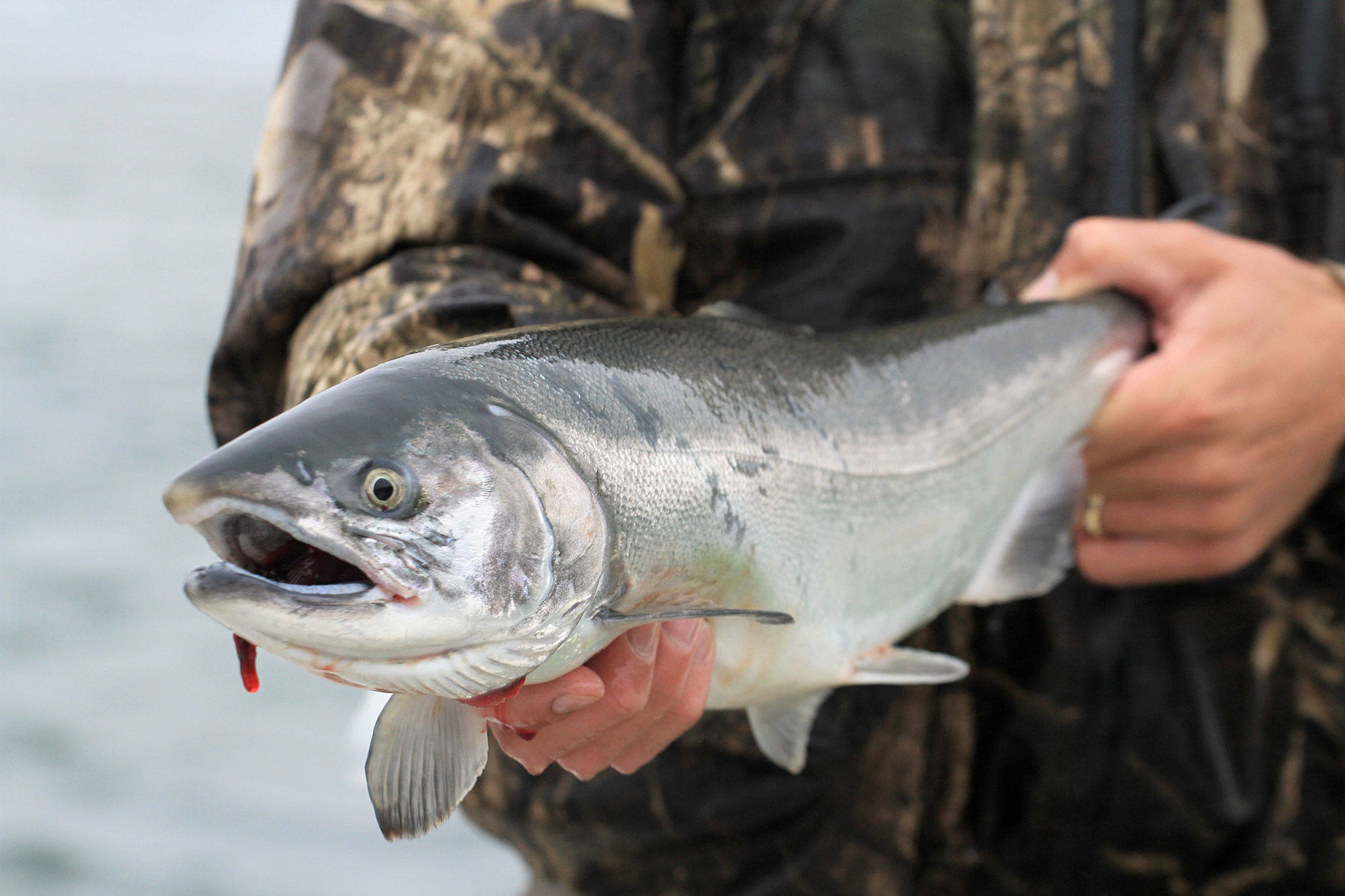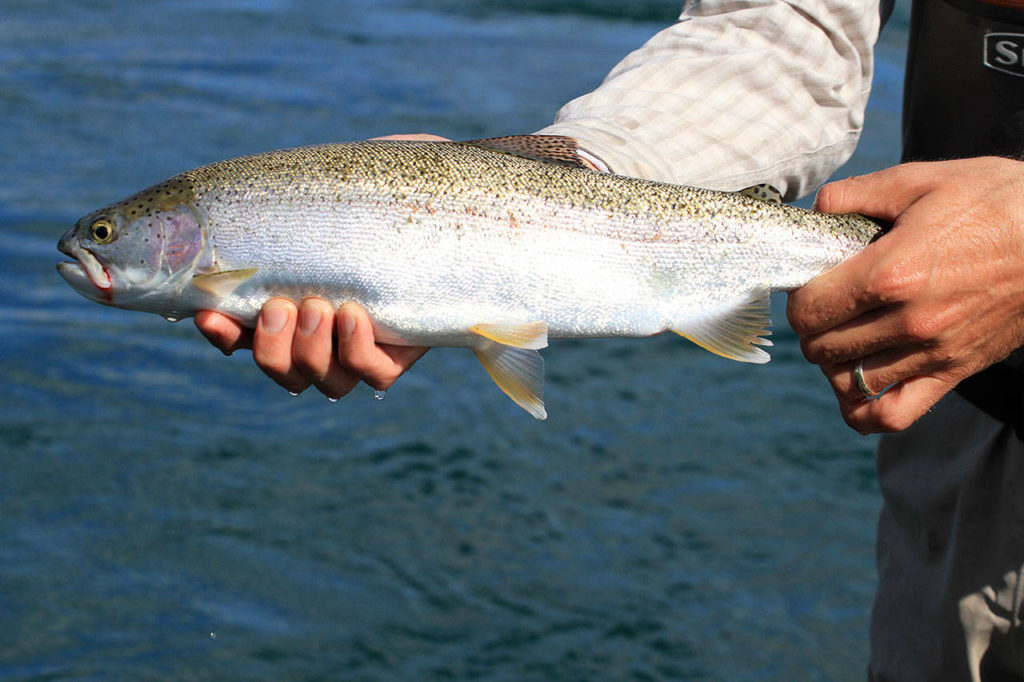By Mike Benbow
Special to The Herald
The state has issued its 2020 forecast for Northwest Chinook, coho, sockeye and chum salmon runs.
And the numbers aren’t good, coming in dramatically less in many cases than last year.
The forecasts are the start of a process called North of Falcon that is used to set commercial and recreational fishing seasons for salmon that will include several public meetings, including two in Snohomish County.
The seasons are developed by state and tribal officials, who are the co-managers of the fisheries.
Last year’s forecast had some signs of hope, particularly with expected good numbers of coho.
But the expected numbers didn’t occur.
“We had strong predictions for last year’s coho returns that ultimately didn’t materialize in the way we expected,” said Kyle Adicks, salmon fisheries policy lead for the state Department of Fish and Wildlife.
Officials make their predictions on a variety of factors, including ocean conditions, numbers of migrating juvenile salmon, and numbers of returning adults in the past.
Last year, 905,000 coho were projected for ocean and Columbia River waters but just 331,500 returned, about a third of the prediction. This year’s forecast is 181,000 coho for ocean and Columbia River waters.
The low numbers will mean restrictions for fishing seasons.
“Finding that balance is always a challenge,” Department of Fish and Wildlife director Kelly Susewind said in a news release. “But we work with the co-managers to provide opportunities wherever and whenever we can, while meeting conservation goals.”
That could be tough in local waters.
In Puget Sound, there were 416,319 hatchery salmon last year. Just 366,289 salmon are predicted this year.
In Tulalip Bay, 26,558 coho are expected, 15,594 fewer than last year.
In the Skagit River, the number of 3- to 5-year-old Chinook is expected to be down 805 fish this year. The number of hatchery coho is predicted to be more than double the 9,790 of last year.
In the Snohomish River, the number of 3- to 5-year-old Chinook is expected to drop by 656 fish this year. The number of coho expected this year is 26,558, some 17,000 less than arrived last year.
In the Stillaguamish River, 13 more Chinook are expected from last year and about 50 more coho are predicted.
Adicks noted that the continued poor salmon numbers in the Stillaguamish River and in mid-Hood Canal are likely to continue to restrict fisheries.
The Stillaguamish has had poor salmon runs for several years because of soils that are prone to slide into the river and surrounding tributaries because of logging and development. The loose soils smother much of the river’s salmon spawning gravel in sediment.
In addition to poor coho runs in the Stillaguamish, the steep drop in coho runs in the Snohomish River also likely will mean reductions in fishing seasons, both in the river system and in the nearby saltwater.
Talk to us
> Give us your news tips.
> Send us a letter to the editor.
> More Herald contact information.




























